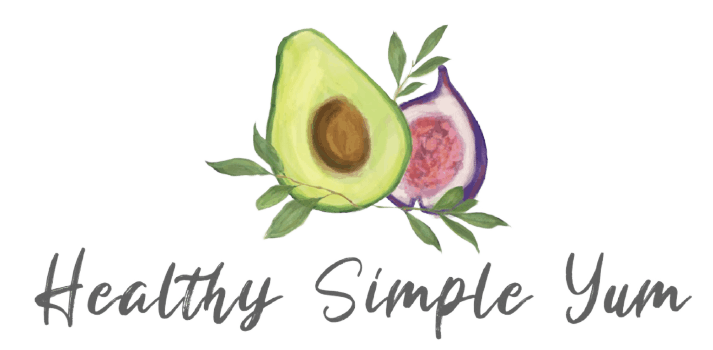Let’s take a deep dive into the nutrition profile of Mexican food, is Mexican food healthy? What does it take for a dish to be “healthy” and does Mexican food meet the criteria? As a registered dietitian I would love to break it down for you.
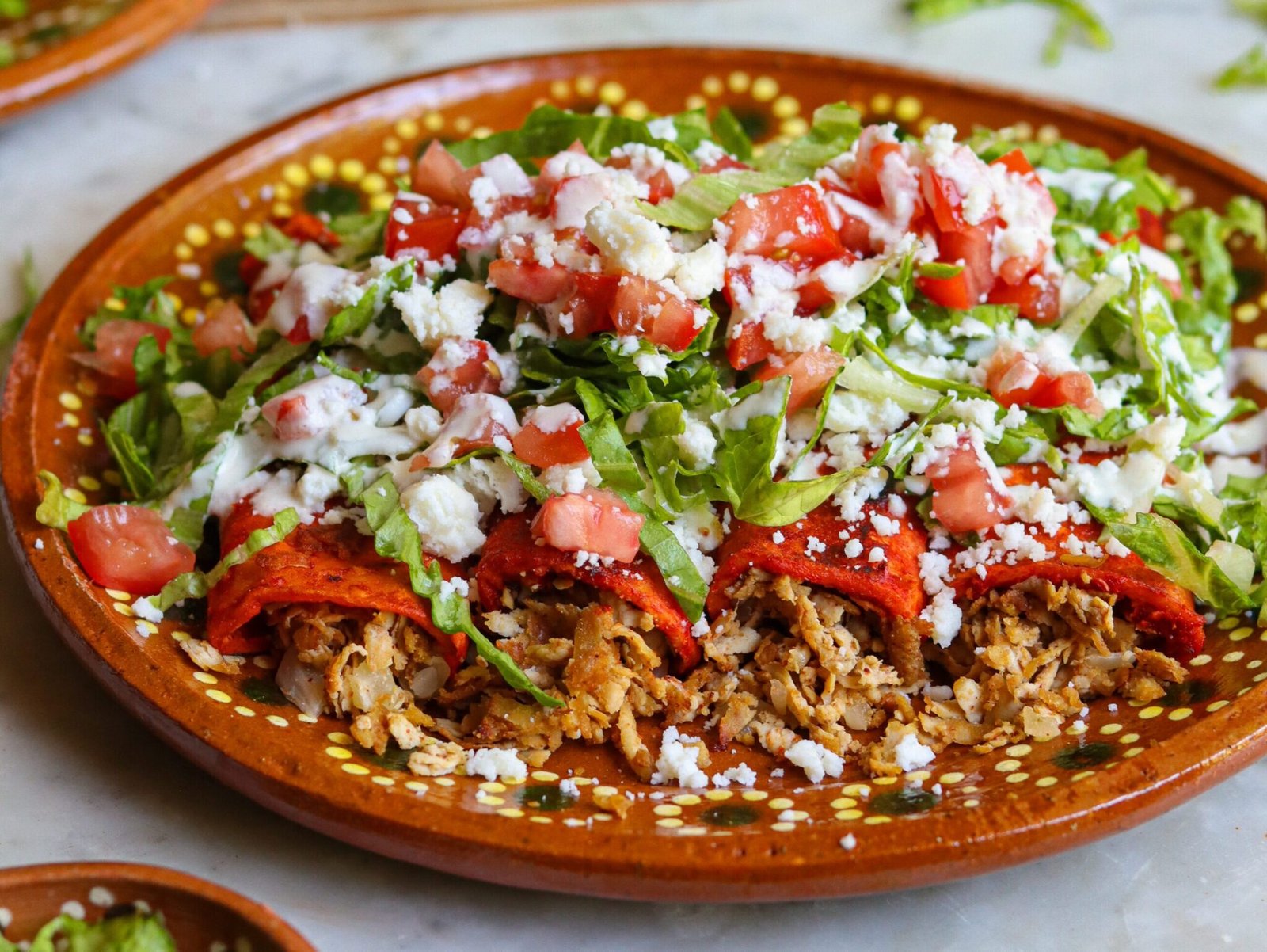
Is Mexican food Healthy?
Growing up in California as a Mexican-American, I would always hear people calling Mexican food “heavy”, “unhealthy”, and “high-fat”. I believe that because Americans are mostly exposed to restaurant versions of Mexican food instead of authentic homemade Mexican food. Some examples of these dishes would be chimichangas (deep-fried burritos), loaded nachos with cheese sauce, and sour cream, and many meat-heavy dishes.
Authentic Mexican food is typically more plant-forward. You will rarely see cactus (nopales) being ordered out at Mexican restaurants but it’s a staple in a Mexican household. Homemade Mexican food includes nopales, zucchini, fresh beans, corn tortillas, chayote, lentils, and more. This is a typical meal you will see if you eat at one of our homes:
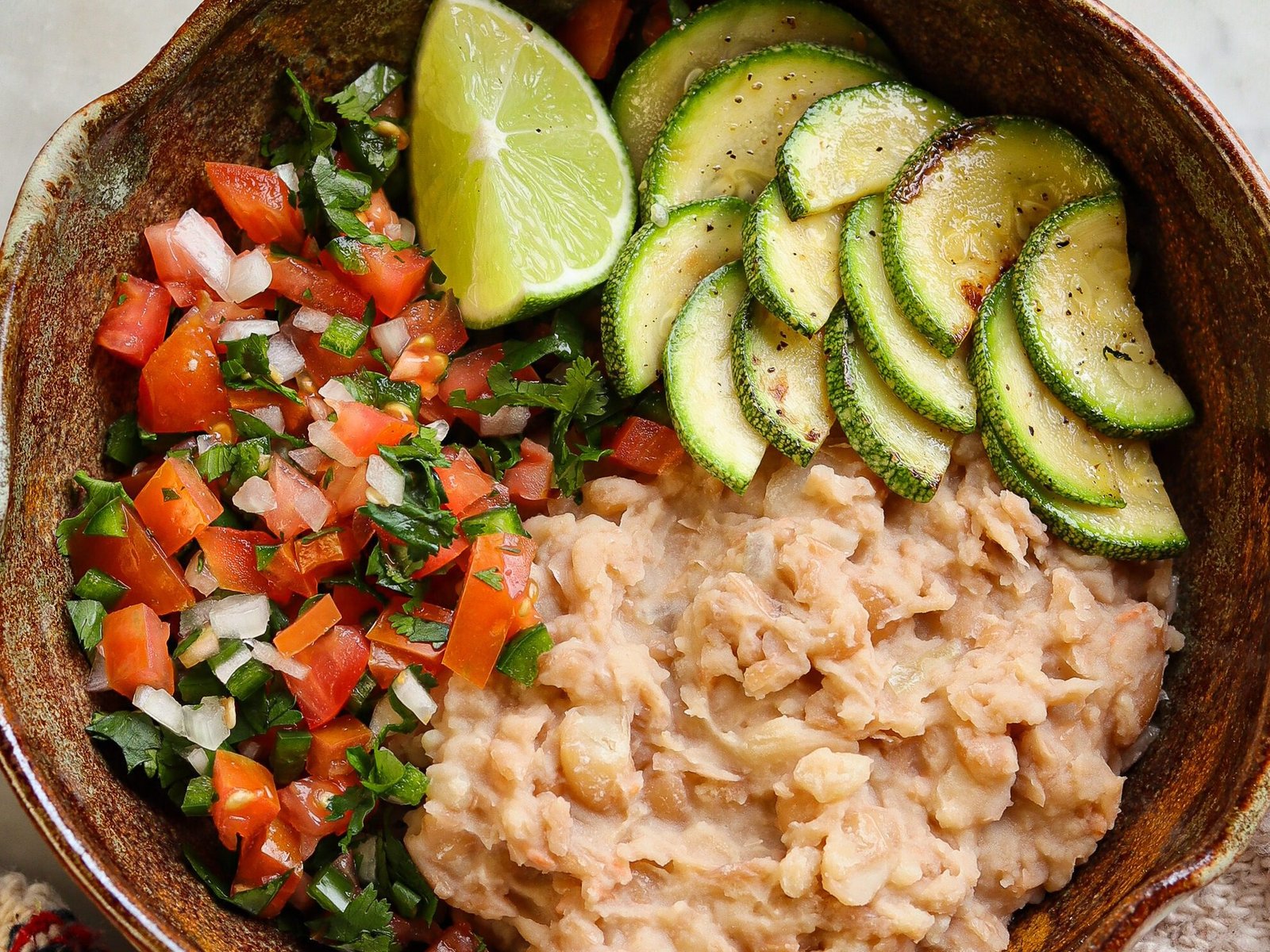
Mexican Dishes are Packed with Nutrients
Did you know that 95% of Americans are not getting enough fiber? That’s because most Americans are not eating enough fruits, vegetables, whole grains, and legumes. Getting these types of foods through Mexican cuisine makes it a whole lot easier because Mexican food is super flavorful! Let’s take a look at the nutrient-dense foods in Mexican cuisine.
- Fiber
- Vegetables: Mexican dishes commonly include a variety of vegetables such as tomatoes, peppers, onions, avocados, chayote, calabacitas (zucchini), nopales (prickly pear cactus), and verdolagas, which are rich in vitamins, minerals, and antioxidants.
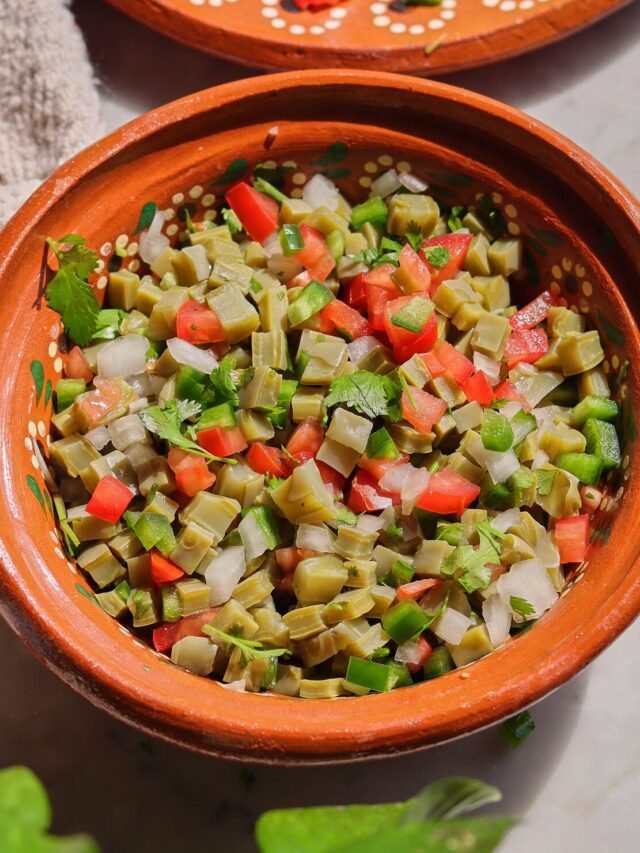
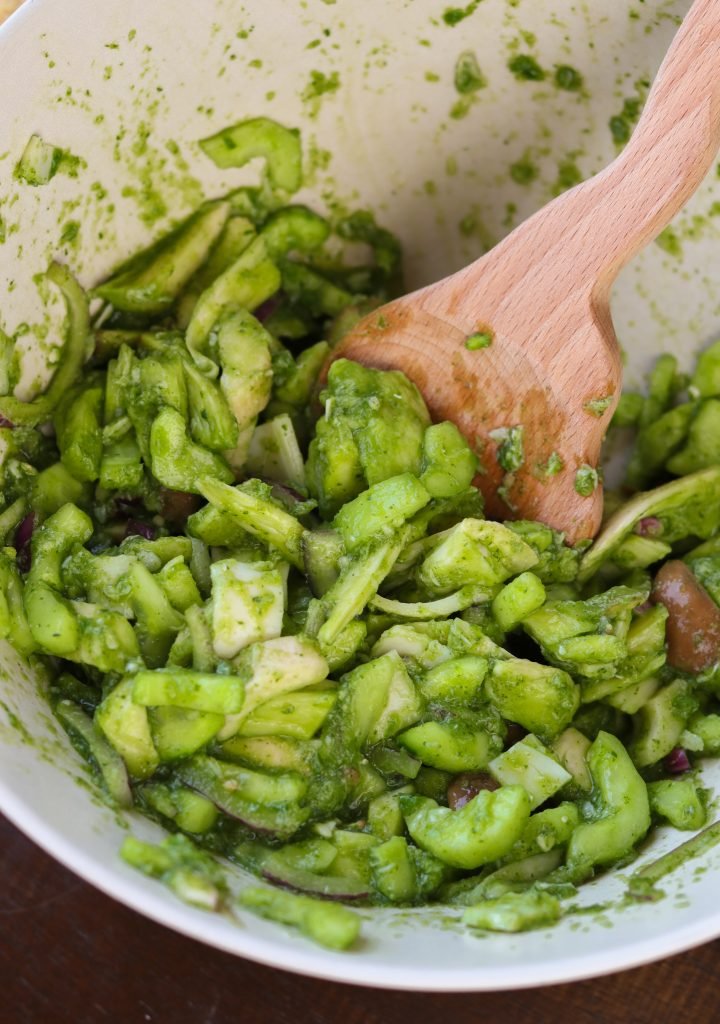

- Legumes: Beans, such as Peruvian beans, black beans, and pinto beans, are staples in Mexican cuisine. They are high in protein, fiber, and essential nutrients like iron and folate. One cup of beans packs 14 grams of fiber! Lentils and chickpeas are also used in Mexican cooking.
- Whole Grains: Corn and whole wheat are often used in tortillas and other dishes, providing complex carbohydrates and fiber.
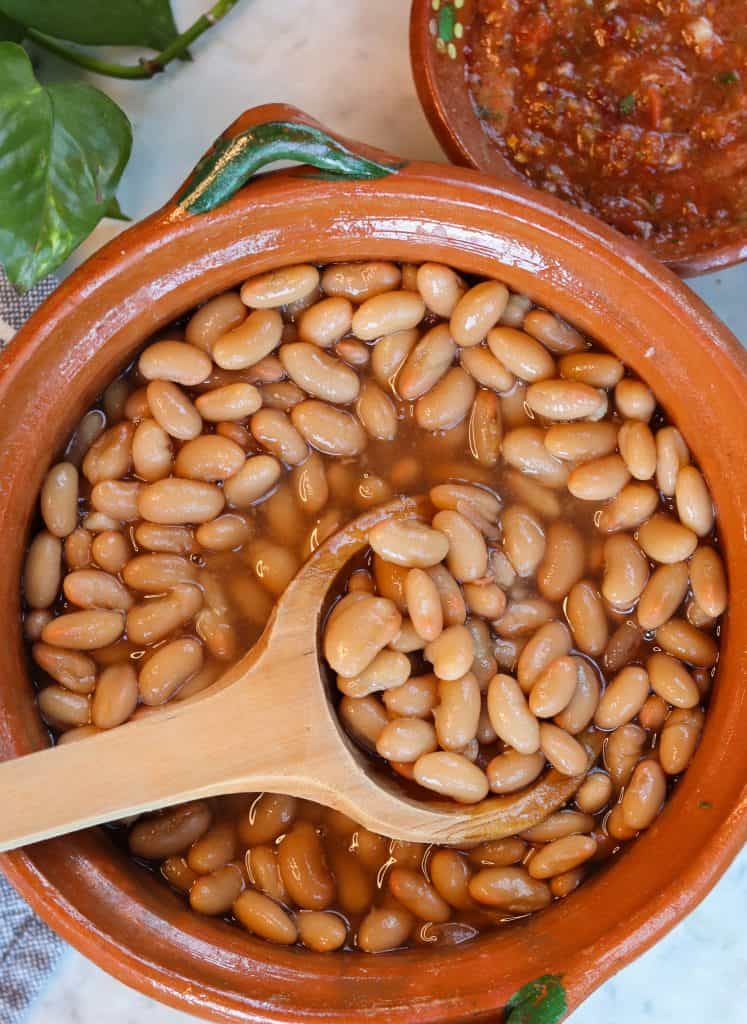

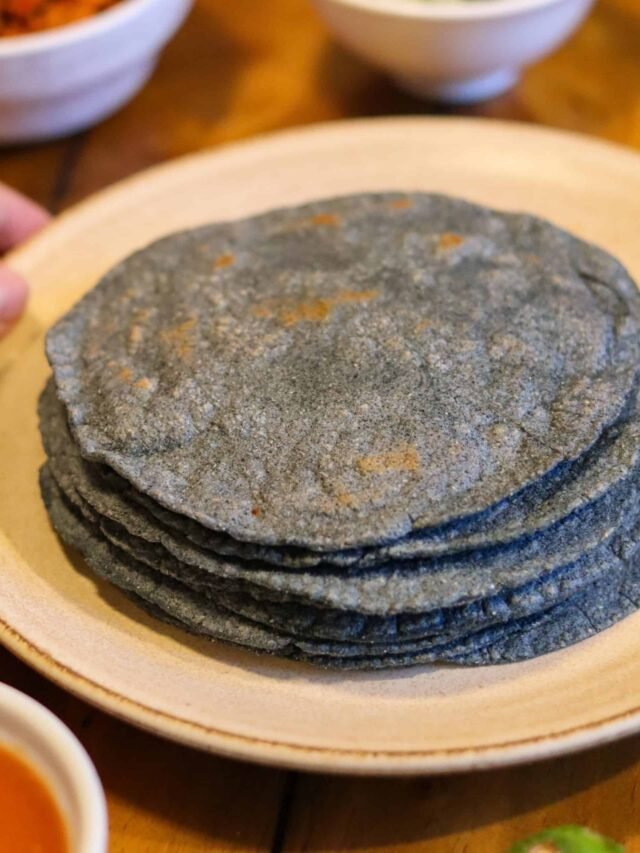
2. Healthy Fats
- Avocado: A common ingredient in guacamole and other dishes, avocado is rich in healthy monounsaturated fats, which are good for heart health. Make this delicious guacamole recipe to add healthy fats to your favorite Mexican dishes!
- Olive Oil: Frequently used in cooking, olive oil is another source of healthy fats.
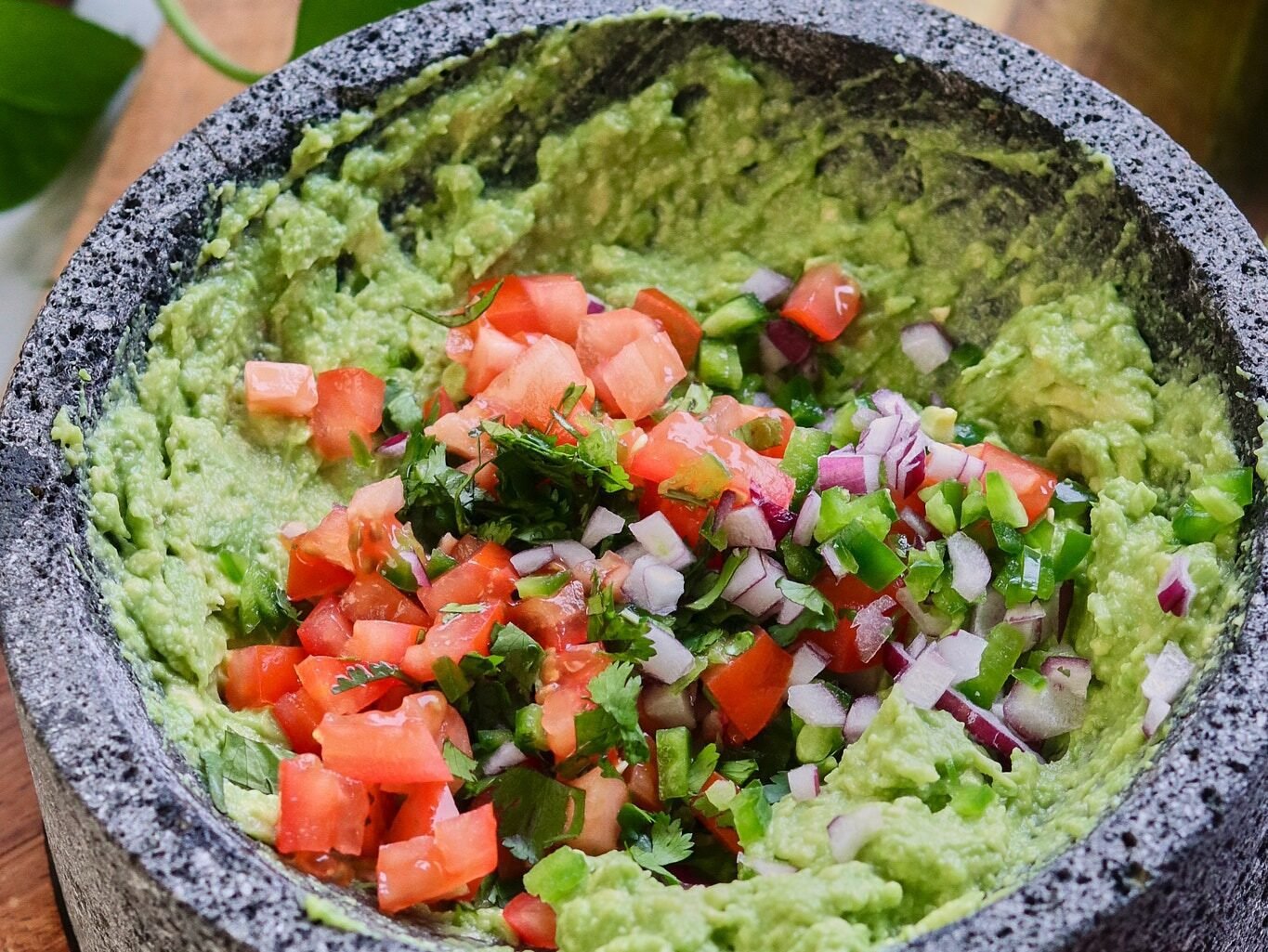
3. Protein Sources
Did you know that before colonization, Indigenous peoples’ diets were mainly plant-based? The Spanish introduced beef, chicken, pork, dairy, and the concept of eating meat at every meal. Learn more about the history of Mexican food with registered dietitian Krista Linares from Nutrition Con Sabor. Mexico is a large country and has different indigenous tribes who follow other diets based on what their lands offer. My ancestors are the Purepechas from the area of Michoacan and they were mainly plant-based and also fished and hunted occasionally.
Krista shares more about Mayan and Aztec diets. “Proteins from this era included small wild animals like birds, fish, small mammals, and insects. Plant-based proteins were also common, such as chia seeds, beans, pumpkin seeds, and more.”
- Plant-Based Proteins: Besides beans, lentils, chickpeas, and seeds, other plant-based proteins like tofu and quinoa are used in contemporary Mexican cooking.
- Lean Meats: Traditional Mexican dishes often use lean meats such as chicken and fish, which are good protein sources with lower fat content than red meat.

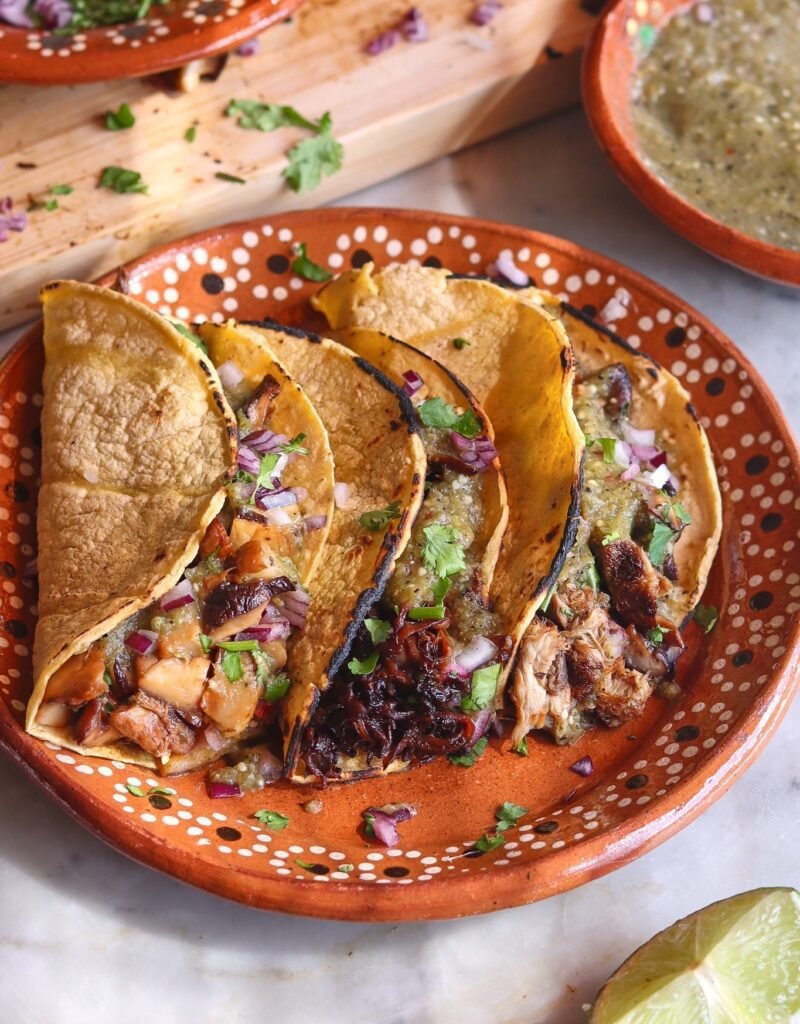
4. Flavorful Spices and Herbs
- Spices: Mexican cuisine uses a variety of spices like cumin, chili powder, and oregano, which not only add flavor but also have anti-inflammatory and antioxidant properties.
- Herbs: Fresh herbs like cilantro and epazote are commonly used and add nutrients as well as flavor.
5. Balance and Variety
- Diverse Dishes: Mexican cuisine offers a wide variety of dishes that can include soups, stews, salads, and grilled items, providing a balance of macronutrients and micronutrients.
- Portion Control: Traditional meals often emphasize moderate portions, helping to maintain a balanced diet. Always listen to your body and practice mindful eating. You want to feel satisfied after a meal, not overly full. Here’s the best guide to help you balance your meals with portion guidance:
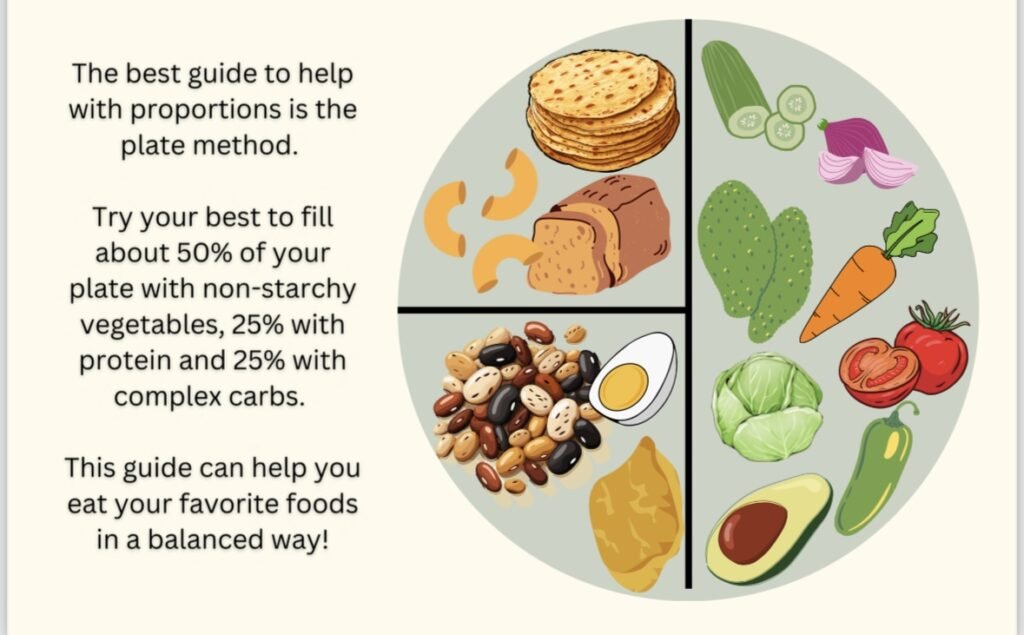
For a collection of healthy Mexican recipes, and a more detailed nutrition guide for type II Diabetes, insulin resistance, and help with weight management check out my ebooks Healthy Simple Mexican Recipes and Diabetes 101.
Making Mexican Food Balanced
While traditional Mexican food can be healthy, modern adaptations and restaurant versions may sometimes include unhealthy elements like excessive cheese, sour cream, and deep-fried items. Here are some tips for enjoying healthier Mexican food:
- Choose Whole Grains: Opt for whole grain or corn tortillas instead of refined flour tortillas.
- Add More Vegetables: Include plenty of vegetables in your dishes, such as peppers, zucchini, tomatoes, onions, and leafy greens. Add lime juice, spicy salsa, and more to boost the flavors.
- Add more plant-based proteins: Choose more beans, lentils, chickpeas, soya, tofu, and seeds.
- Limit Fried Foods: Avoid or limit fried items like chimichangas and nachos. Instead, go for grilled, baked, or steamed options.
- Control Portions: Be mindful of portion sizes to avoid overeating, especially with fried foods like flautas, nachos, and chiles rellenos.
- Minimize Added Sugars and Salt: Reduce the use of added sugars and processed foods. Make healthier versions of pan dulce using oat flour and nut butter.
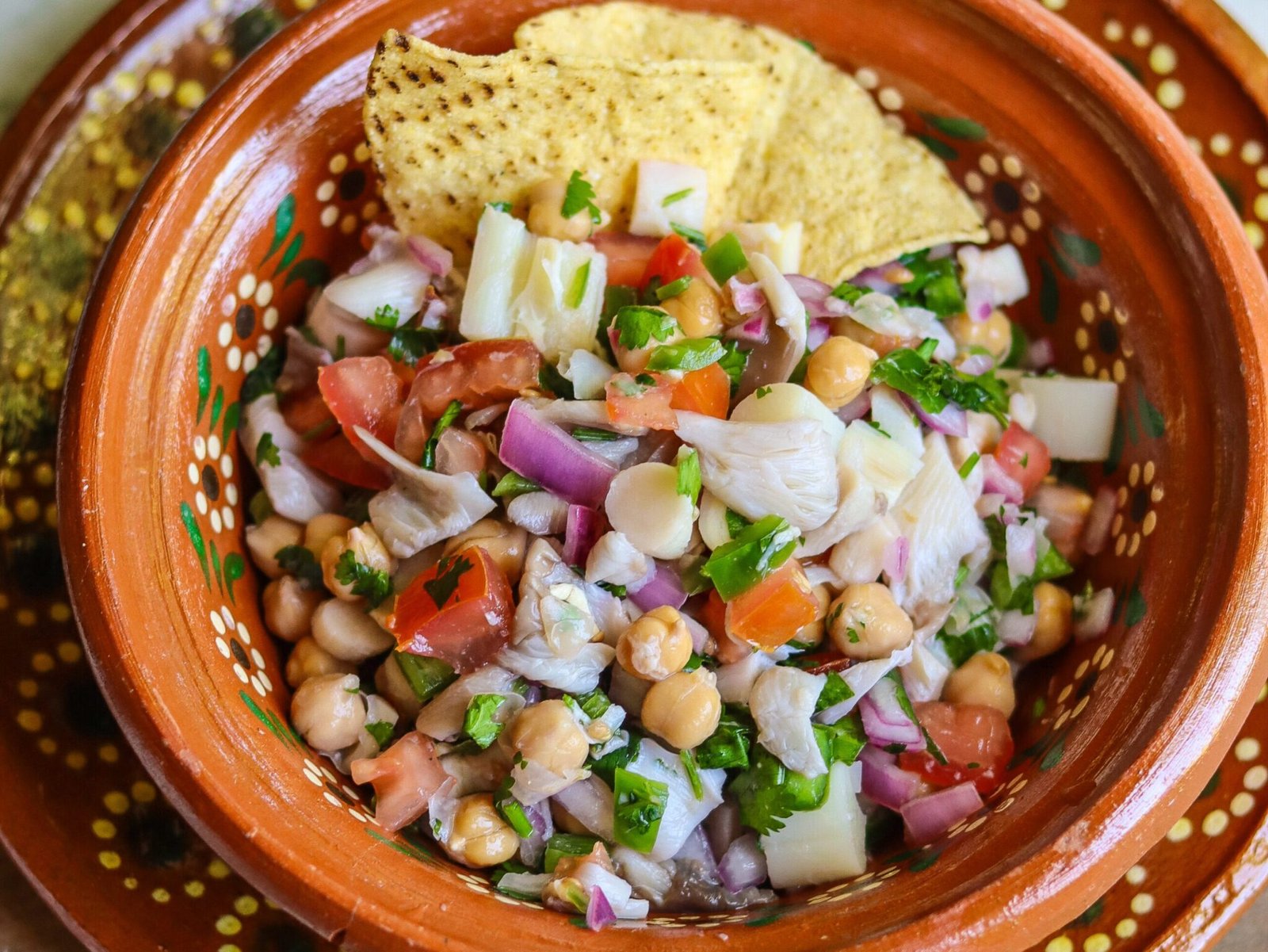
Examples of Healthy Mexican Dishes
- Nopal Salad with Homemade Beans: Nopal salad is made with tomatoes, onion, jalapenos, and cilantro. Homemade beans with a nopal salad, avocado, and a few corn tortillas on the side. It’s a delicious and very well-balanced meal.
- Tacos de Soya: Tacos made with textured vegetable protein (TVP) typically used to make ceviche during Lent in Mexico. These tacos are seasoned using a flavorful guajillo pepper sauce that compares texture and flavor profiles to tacos de carne adobada. Serve with grilled peppers, onions, zucchini, black beans, salsa, and whole-grain tortillas.
- Jackfruit or Chicken Pozole: A traditional soup made with hominy, chicken, or jackfruit for a vegan option, and plenty of vegetables, seasoned with herbs and spices.
- Quinoa and Black Bean Salad: A nutritious salad with quinoa, black beans, corn, tomatoes, and a lime-cilantro dressing.
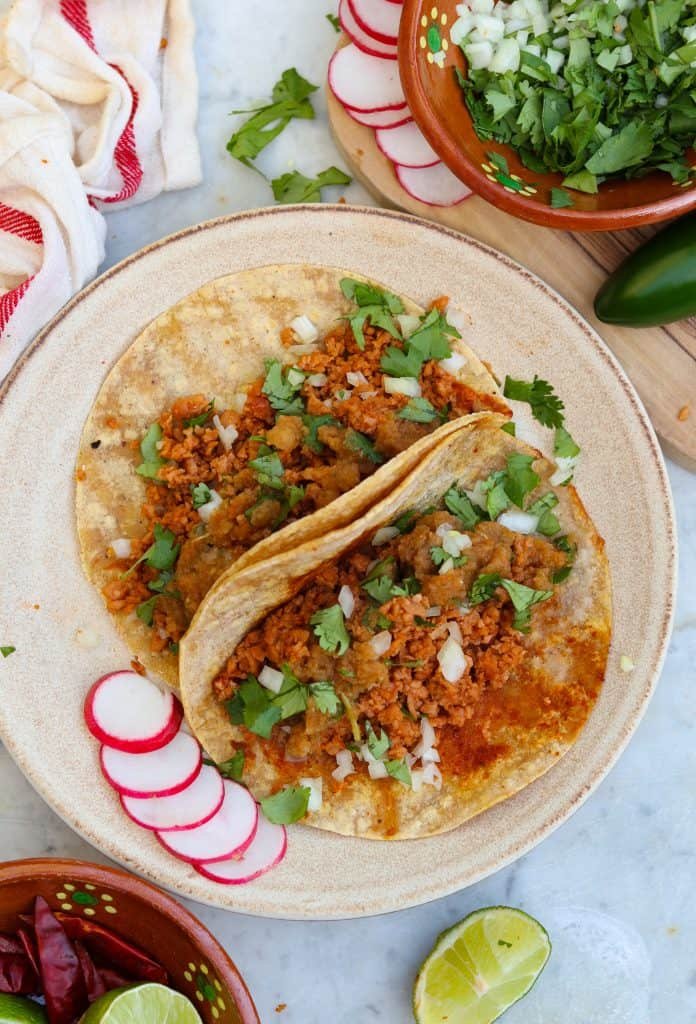

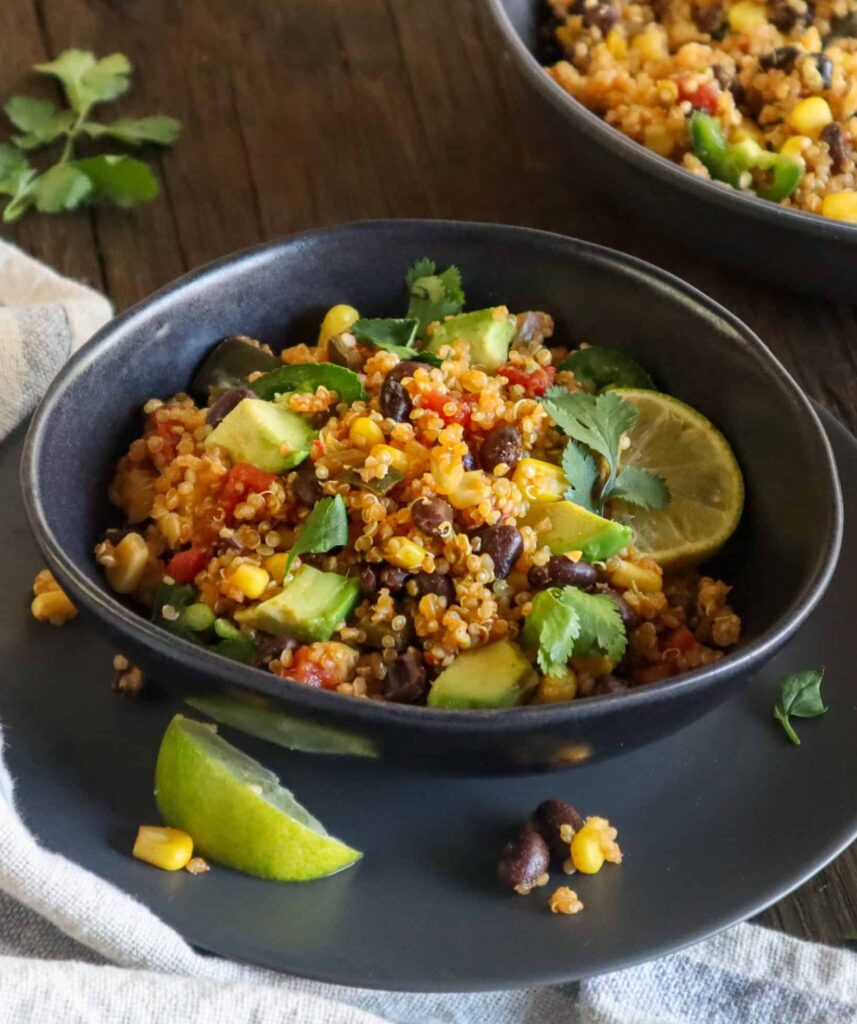
So.. is Mexican food healthy?
Mexican food can be well-balanced and healthy, especially when it includes a variety of fresh, whole ingredients and is prepared using healthy cooking methods. Have a more indigenous-based and plant-forward approach, and you can enjoy the rich flavors of Mexican cuisine while maintaining a balanced diet.
